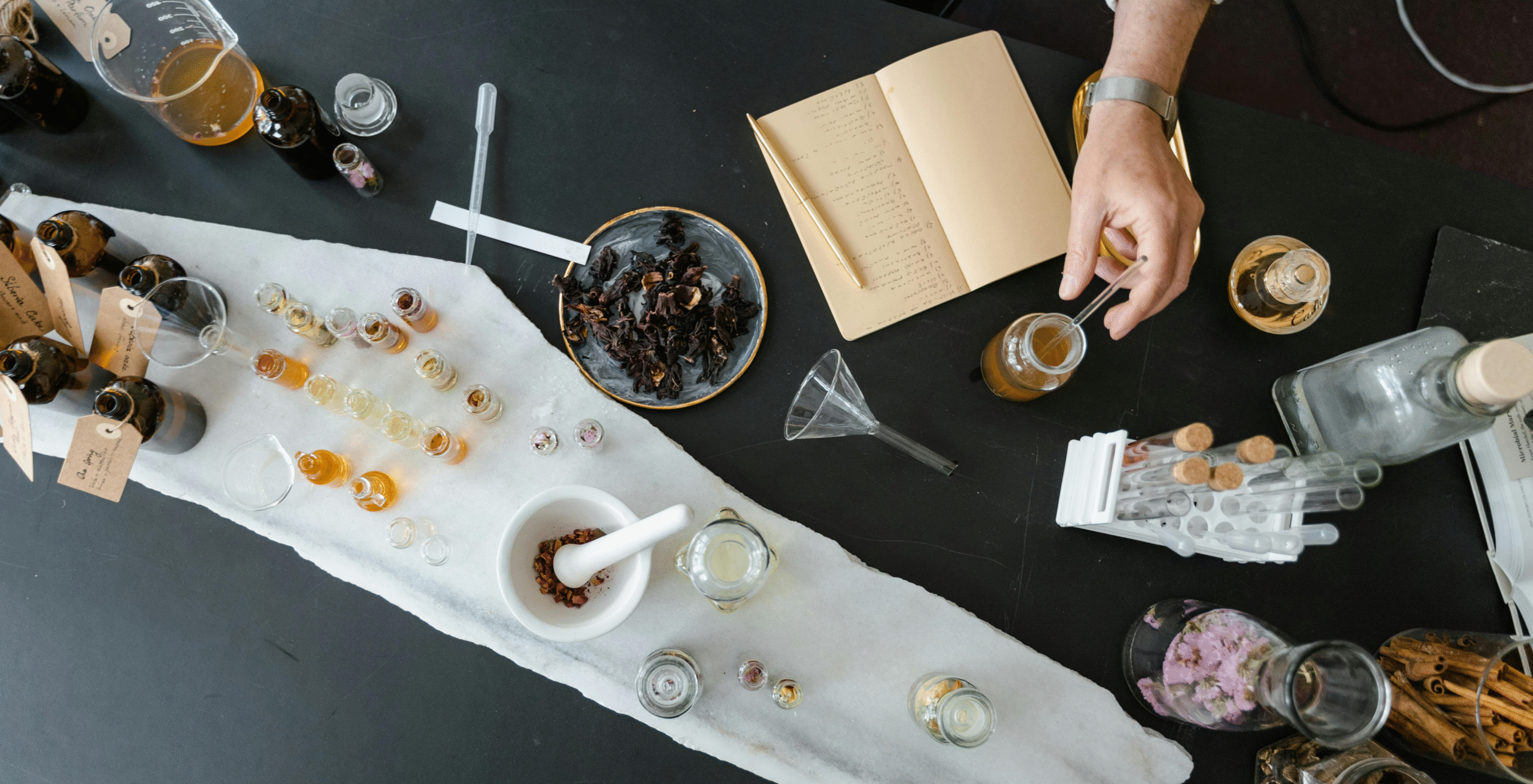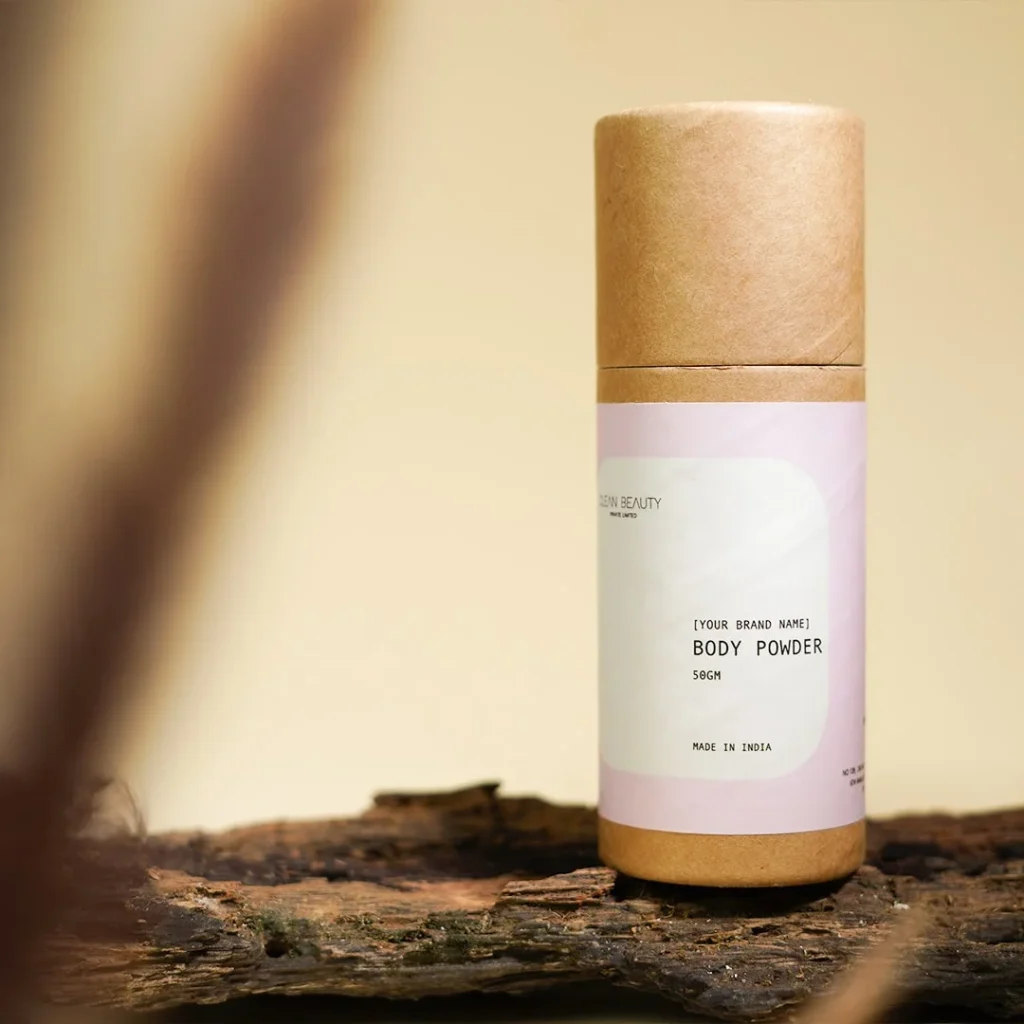The skincare industry is one of the most dynamic and rapidly evolving sectors in the beauty market. While growth is undeniable, so are the hurdles that brands, especially emerging and independent ones, face in navigating this landscape. From supply chain disruptions to ethical formulation expectations, staying ahead in this space requires more than just a good product.
This guide explores the biggest challenges currently shaping the skincare industry and how forward-thinking brands can proactively overcome them.
1. Saturation of the Market
The skincare market is saturated with thousands of brands fighting for attention. With low entry barriers, it has become easier than ever to launch a beauty brand, leading to a crowd of similar offerings.
As a result:
- Differentiation becomes difficult.
- Customer loyalty is harder to build.
- Consumers often default to established names or viral trends.
Solution: To stand out, emerging brands need a unique value proposition, be it ingredient transparency, regional storytelling, skin-specific science, or sustainability. Contract manufacturers like Clean Beauty help brands craft tailored, differentiated formulations and offer small-batch capabilities for nimble, standout product lines.
2. Ingredient and Label Transparency
Today’s consumers want to know what they’re putting on their skin. Skincare buyers are more educated, scrutinising ingredient lists, understanding INCI names, and expecting brand transparency.
However, full disclosure comes with challenges:
- Brands must educate without overwhelming.
- Legal compliance with claims and certifications is non-negotiable.
- Transparency needs to extend from source to shelf.
Solution: Clean Beauty Pvt. Ltd. prioritises clear documentation and provides clients with transparent ingredient sourcing, label guidance, and documentation that aligns with both consumer expectations and regulatory norms.
3. Evolving Regulatory Requirements
The legal framework around cosmetic manufacturing is growing stricter globally. India, too, has ramped up its enforcement under the Drugs and Cosmetics Act, and countries like the EU and US have detailed guidelines on allergens, preservatives, and claims.
Challenges include:
- Navigating cross-border compliance.
- Staying up to date with evolving policies.
- Managing documentation for every product batch.
Solution: Partnering with a certified, GMP-compliant manufacturer like Clean Beauty ensures your products are developed with regulatory foresight. We offer ingredient lists, batch-wise documentation, and guidance on global compliance.
4. Supply Chain Vulnerabilities
The pandemic spotlighted just how fragile global supply chains are. Ingredient shortages, packaging delays, and logistic disruptions continue to impact timelines and profitability.
Key issues:
- Limited availability of certain raw materials.
- Rising costs of packaging and freight.
- Dependency on international suppliers.
Solution: Clean Beauty offers agile sourcing strategies and partners with multiple certified vendors to minimise disruptions. Our in-house R&D helps formulate around supply shocks without compromising efficacy.
5. Clean Beauty Expectations vs. Performance
“Clean” has become a buzzword, but with no universal standard, brands struggle to define and defend their clean claims.
Meanwhile, consumers want products that are:
- Free from parabens, sulfates, silicones, etc.
- High performing and sensorially pleasing.
- Ethically produced, vegan, and cruelty-free.
Balancing efficacy and ethics is complex, especially when replacing traditional preservatives or actives.
Solution: Clean Beauty helps brands align clean formulations with realistic performance benchmarks. From natural preservatives to gentle actives, we help you build balanced products that meet both market and ethical expectations.
6. Packaging Waste and Sustainability
More than ever, skincare brands are being held accountable for their environmental footprint. From single-use plastics to excess outer packaging, consumer scrutiny is high.
Challenges include:
- Finding affordable, sustainable packaging.
- Educating users on recycling or refills.
- Managing costs while staying green.
Solution: As a sustainable manufacturer, Clean Beauty helps brands explore low-waste formats, plastic-free innovations, and refill-ready solutions, all without compromising on design appeal.
7. Digital Marketing Fatigue and Rising Costs
The beauty industry has leaned heavily on digital marketing, but algorithms change, ad costs rise, and influencer fatigue sets in. Standing out online now requires more than flashy visuals.
Struggles include:
- High CAC (Customer Acquisition Cost).
- Declining organic reach.
- Need for constant content creation.
Solution: Brands need authentic storytelling, honest reviews, and UGC. Our client brands have seen success with packaging-led marketing (QR codes, refill prompts), ingredient-led education, and sustainability messaging that goes beyond trend.
8. Rising Costs for Indie Brands
From raw materials to certifications, starting a beauty business is expensive.
New entrants often:
- Struggle to meet high MOQs.
- Lack access to formulation labs.
- Face long turnaround times from large-scale manufacturers.
Solution: Clean Beauty supports startups with:
- Low MOQs.
- Custom formulation services.
- Fast prototyping and pilot batches.
We act as your behind-the-scenes support system so you can scale with intention.
9. Consumer Fatigue with Trends
With constant new launches, consumers are experiencing skincare fatigue. Fast beauty trends, like skin cycling or product layering, don’t always offer long-term value.
Brands must:
- Avoid becoming trend-chasers.
- Build loyalty through efficacy and trust.
- Educate consumers to simplify their routine.
Solution: Ingredient-led education, fewer-but-better SKUs, and story-rich formulations can lead to deeper brand affinity. Clean Beauty helps formulate smart, intentional ranges that reduce clutter and increase impact.
10. Innovation Pressure and Copycats
The demand for innovation is high, but fast copycat culture means your USP can be replicated within months. This makes investing in R&D essential.
Challenges:
- Innovation costs time and money.
- The shelf life of trends is short.
- Difficult to protect formulations unless patented.
Solution: Clean Beauty’s in-house R&D team works with you to formulate for longevity, utility, and ingredient integrity. We help you build products that create value, not noise.
Conclusion
The skincare industry is vibrant, competitive, and constantly evolving. While challenges are inevitable, so are opportunities. With a reliable contract manufacturer and strategic approach, brands can not only survive but thrive.
Clean Beauty Pvt. Ltd. partners with skincare entrepreneurs to offer the manufacturing, formulation, and sustainability support you need, right from your first batch to scale-up success.
FAQs
1. What are the biggest challenges currently facing the skincare industry?
Market saturation, rising costs, consumer demand for transparency, sustainability concerns, and regulatory complexities are among the top challenges.
2. How are evolving skincare industry trends impacting new beauty brands?
Trends like clean beauty, multifunctional skincare, and ingredient-led marketing require brands to be agile, informed, and transparent in both messaging and formulation.
3. What common problems do startups in the beauty business encounter?
High manufacturing costs, sourcing difficulties, lack of access to labs, long lead times, and limited marketing budgets are frequent struggles.
4. How can brands adapt to changing consumer expectations in the skincare market?
By focusing on authentic brand stories, transparent labels, sustainable packaging, and functional products that serve real skin needs.
5. What role does innovation play in overcoming skincare market challenges?
Innovation, through ingredients, delivery formats, or sustainability, helps brands create lasting differentiation and address specific consumer pain points.
6. How can small beauty businesses stay competitive in a saturated skincare industry?
Work with agile manufacturers like Clean Beauty, focus on a niche, and build deeper relationships through ethical storytelling, smart product design, and responsive customer care.


